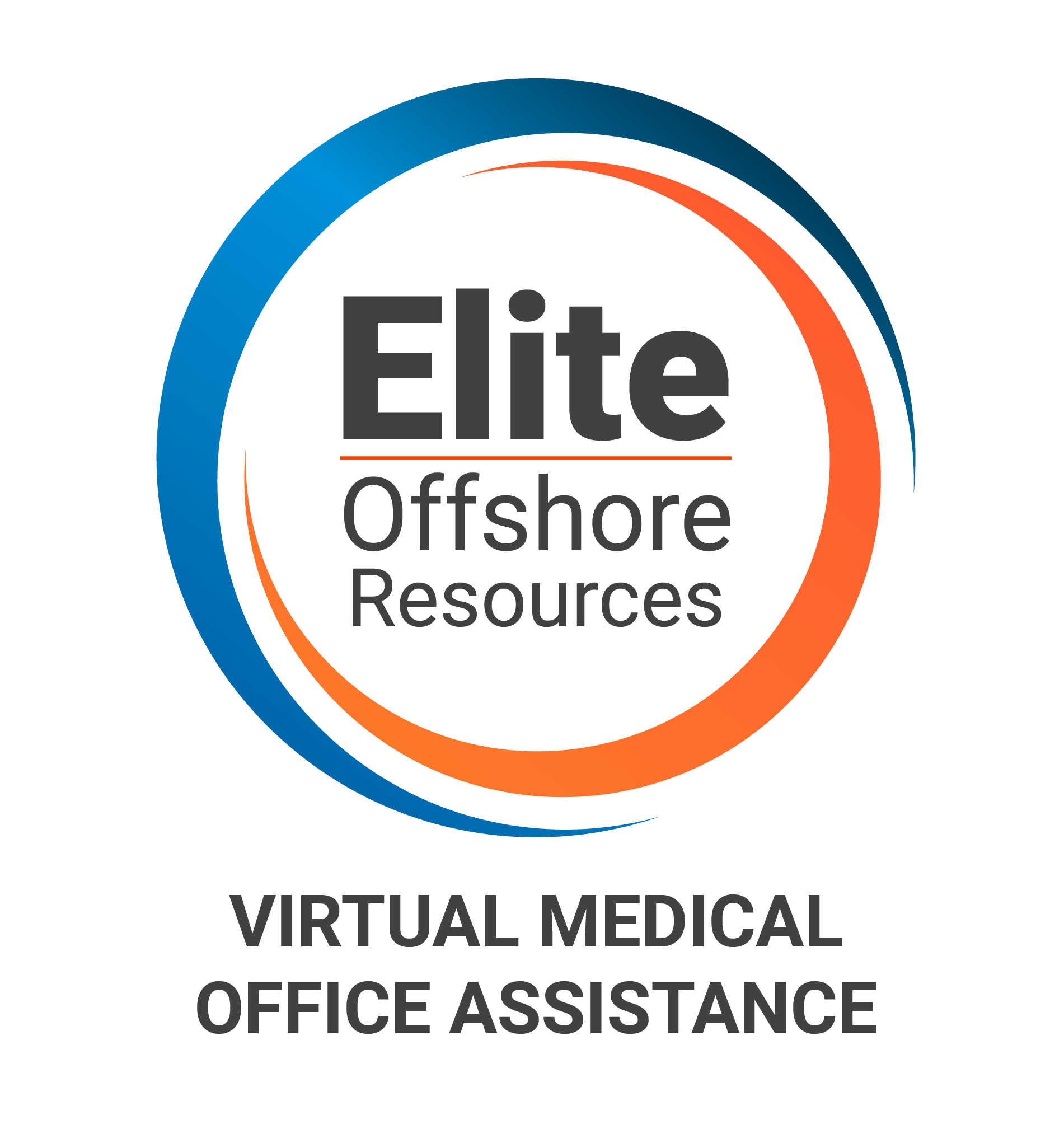
- March 14, 2022
- ankit laddha
- Blogs
- No Comments
Improving upfront patient collections is undoubtedly one of the biggest challenges facing US medical practice owners. While patients are now commonly expected to pay large portions of their medical bills themselves, it’s estimated that over 60% of hospital patients cannot pay medical bills in full. As per Congressional Research Service, the pandemic-induced unemployment meant that many American households found it difficult to budget for unplanned expenses of even $400.
It has been found that the delay in patient collections is majorly caused by the lack of information on expected medical expenses. When patients don’t receive a correct cost estimate prior to their medical appointment date, it can lead to payments getting delayed for months after the medical service has been rendered.
A major hurdle is the lack of awareness on the part of the patient on what their insurance package covers. Most patients don’t know their deductible or co-pay is, so estimating their out-of-pocket expense can be difficult. The onus, therefore, falls on the frontline staff at the medical practice to carry our insurance verification and explain to patients what their insurance covers and the share of the medical expenses the patient must bear.
Sometimes the challenge with patient collections stems from the uncertainty of the level of medical decision making, which is clear only once the physician has met the patient. In such a case, the cost estimate of the medical service is made post the medical service being rendered.
Improving Upfront Patient Balance Collections
Regardless of the challenges in upfront patient collections at your medical practice, here are three tips to improve upfront patient collections.
1. Have a clear financial policy
It all starts with having a clear financial policy. While healthcare is about saving lives, your medical practice needs to stay in business to extend its life-saving services to others. And that entails patients paying their medical bills for services received.
During the pandemic, the focus wasn’t really on money and getting patient balances. But as the world is adjusting to the reality that the pandemic may be here a while longer and can be lived with, patients and practices are working towards a more transparent and pocket-friendly payment policy.
To get started, you need to answer the following questions as accurately as possible:
- Is your practice’s financial policy clear for patients to grasp?
- Have you had it updated since the pandemic?
- Have your existing patients agreed to the financial policy by signing it?
- Are new patients made to sign the policy at the point of registration?
- Does it clearly spell out patients’ responsibility when coming for their medical appointment?
- Do you offer incentives, like discounts, for patients who pay upfront?
- Is your financial policy easily accessible to patients?
The more familiar your patients are with your policy, the more likely they will adhere to it, and the fewer hurdles you will have when it comes to patient collections.
2. Train your staff to be confident with talking about money
Asking for payment for service rendered shouldn’t be something your employees shy from. However, it must be done courteously and clearly. Your team should be well-versed in answering common queries on insurance coverage, co-pays, deductibles, out-of-pocket expenses, and prior authorizations. They need to know the medical procedures that need prior authorization before being carried out.
If you offer incentives for patient payments, your front-line staff should be knowledgeable about them and ready to assess patients who qualify for the discounted fee scheme.
3. Offer multiple payment options to capture different segments
When you offer multiple payment options to clients, you reduce the excuses usually associated with non-payment of medical bills. Including options like mobile payments, credit cards, and secure online payments will boost patient collections by at least 25% to 30%. Ensure that your billing staff is always available to guide patients who may need some help with making digital payments.
Presenting multiple patient options to the patient during the point of registration will aid the collection process. So, appointment booking in your medical practice should have the following flow:
- The employee-on-duty will assess the patient’s insurance eligibility and communicate the due amount to them.
- The employee confirms the patient’s appointment.
- The employee lets the patient in on the available payment options and emails the relevant forms to them.
- Once the patient selects an option and submits relevant documentation, a record is created in the system, and an automated payment update is sent to them by email and/or phone text messaging.
- The patient then makes the payment through their preferred online option.
Conclusion
When your financial policy is transparent and accessible to the patient, it reduces the common hurdles in patient balance collections. When patients understand what is expected of them at the earliest possible time, they prepare themselves to make timely payments. When your staff is trained in assisting patients, your medical practice is more likely to collect more upfront payments.
Do you need help with the non-clinical activities of your medical practice?
Are you looking for affordable medical coding and billing services?
Are you looking for remote assistance for your medical practice? Contact us now
